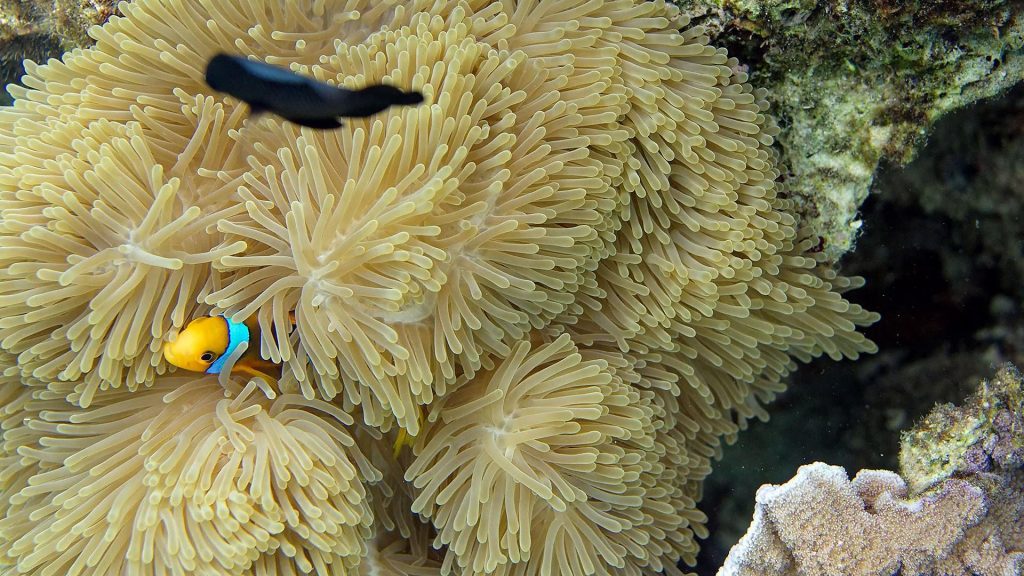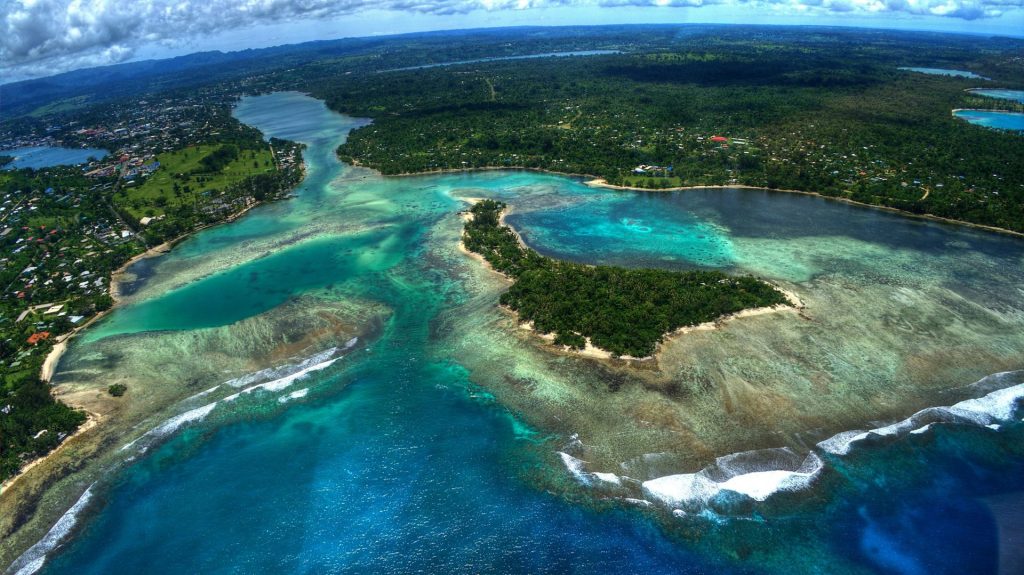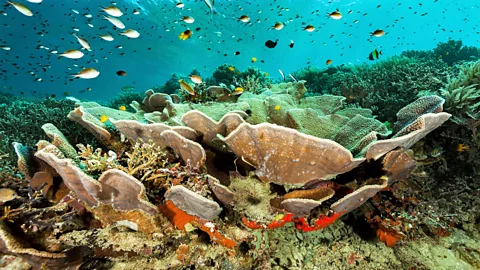Researchers are uncovering ancient secrets hidden within the fossilized remains of coral reefs, offering crucial insights that could help us protect the oceans today. In the Natural History Museum in London, two scientists, palaeontologist Ken Johnson and marine biologist Nadia Santodomingo, have been studying coral fossils that are up to 30 million years old. These fossils were collected from the coral triangle, a vast marine habitat that stretches across Southeast Asia, encompassing Indonesia, Malaysia, the Philippines, Papua New Guinea, Timor Leste, and the Solomon Islands. Known as the “Amazon of the Seas,” this region is the most biodiverse marine habitat on Earth, home to more than 700 coral species, 3,000 species of reef fish, and six of the world’s seven marine turtle species.
The goal of the researchers was to understand how corals in the past responded to environmental changes and how these ancient adaptations could help inform modern conservation efforts. By studying the fossils, the team discovered that many coral species, including Porites and Acropora (staghorn corals), have been thriving in the coral triangle for millions of years. This resilience has allowed them to persist while coral species in other parts of the world, like the Caribbean and the Mediterranean, were driven to extinction by dramatic climate events. The findings suggest that the coral triangle could serve as a crucial refuge for marine life in the face of ongoing climate change.

The fossils also challenged conventional ideas about ideal coral habitats. While most people associate coral reefs with clear, pristine waters, the fossils from Indonesia revealed that many corals actually thrived in murky, sediment-filled waters. This discovery has profound implications for coral conservation, as it suggests that these turbid, cloudy environments may offer corals some protection from the harmful effects of global warming, particularly coral bleaching. Bleaching occurs when corals, stressed by rising ocean temperatures, expel the algae living inside them, turning ghostly white and often dying as a result.
Recent studies have shown that corals living in turbid waters are more resilient to bleaching than those in clear-water environments. For example, research conducted in Malaysia during a 2020 heatwave found that only 10% of corals in murky waters bleached, compared to 37% in clear-water reefs. This is because the cloudy water filters sunlight, reducing the intense heat and light exposure that exacerbates the bleaching process. These findings are supported by similar studies in other parts of the world, such as the Great Barrier Reef, where turbid-water corals were also found to be more resistant to heat stress.
The implications of these discoveries are significant. As climate change continues to warm the oceans, clear-water reefs are suffering catastrophic losses. However, murky, nearshore environments—often overlooked and undervalued—could serve as refuges for coral species. This has led to increased efforts to protect these environments, particularly in the coral triangle. For example, in Malaysia, there are plans to expand marine protected areas to include these turbid-water reefs, which could become sanctuaries for coral species threatened by warming seas.

However, these murky-water reefs face their own set of challenges, primarily from human activities. Being located close to shore, they are vulnerable to pollution, especially plastic waste. Rainwater runoff carries soil and other debris into the sea, contributing to the turbidity but also introducing harmful pollutants. A 2020 analysis warned that while these nearshore reefs might offer some refuge from climate change, they would need stringent conservation measures to protect them from human impacts, such as plastic pollution. The presence of plastic, particularly from single-use plastics like bottles and bags, poses a significant threat to these delicate ecosystems.
Johnson and Santodomingo’s work is part of a broader effort to understand how coral reefs have evolved over millions of years and how this knowledge can be used to protect marine biodiversity today. The fossils collected by their team, along with older specimens housed at the museum, offer a window into the past that can guide future research and conservation strategies. With modern techniques such as CT scanning, scientists are able to analyze these ancient corals in ways that were unimaginable to the researchers who first collected them in the 19th century. These fossil collections, meticulously preserved in museums, are a treasure trove of information that future generations of scientists will continue to explore.
The coral triangle’s extraordinary biodiversity is a result of the region’s long history of stability, which allowed coral species to thrive without experiencing the mass extinctions seen in other parts of the world. In places like the Caribbean, dramatic environmental shifts caused half of the coral species to go extinct around two million years ago, leading to a much lower diversity of species today. In contrast, the coral triangle’s murky, resilient reefs have supported life for millions of years, allowing species like Porites and Acropora to persist across vast stretches of time.

Understanding the resilience of these coral species could be key to saving the world’s coral reefs as they face increasing threats from climate change. While many coral habitats are in decline, the lessons learned from the coral triangle offer hope. By protecting murky-water reefs and expanding marine protected areas, we can create safe havens for coral species, allowing them to survive and potentially recover from the stresses of global warming. Furthermore, as new technologies emerge, the fossilized corals preserved in museum collections will continue to provide valuable insights into the history of marine ecosystems, helping scientists devise new strategies for conserving the oceans in the face of unprecedented environmental change.
In conclusion, the work of Johnson, Santodomingo, and their colleagues has revealed that the fossil record holds vital clues to the survival of coral species in the face of environmental challenges. By studying ancient coral reefs and understanding how they responded to past changes, researchers are unlocking new strategies to protect these delicate ecosystems today. The coral triangle, with its murky-water reefs, stands as a testament to the resilience of marine life and offers a glimmer of hope in the fight to save the world’s oceans from the devastating impacts of climate change.




